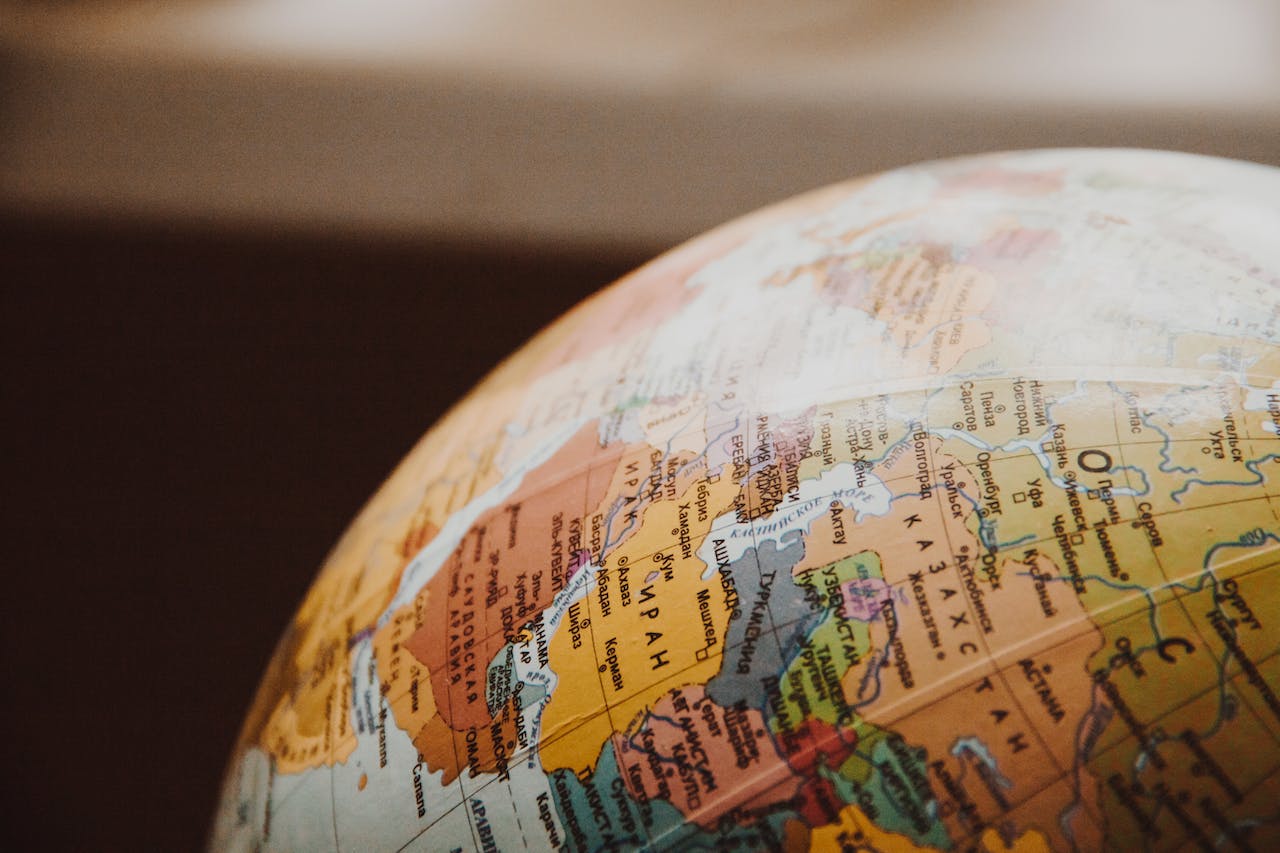Americans get less sleep than citizens in other countries around the globe, on average.
A 2020 study found that over one-third of American adults sleep less than seven hours each night.
On the other hand, other locations across the globe are thriving when it comes to sleep duration.
A 2016 study found that the Netherlands, New Zealand, France, Australia, and Belgium were among the top five countries that get the most sleep each night, averaging more than eight hours.
There’s a reason ancient knowledge from across the globe has been passed down for generations to fall asleep faster and stay asleep longer: because it works!
Whether it’s a Scandinavian bedding essential, a Swedish nighttime snack, or a unique habit from South America, these global sleep hacks are worthy of trying.
1. China’s Night-Time Foot Soak
Bedtime foot soaks have roots in traditional Chinese medicine.
Hot water therapy is a top technique for lowered inflammation, sore muscle support, enhanced circulation, improved relaxation, and more.
The heat from a hot soak (like from a bath, for example) may even lower core body temperature afterward, helping to promote the onset of sleep.
While hot water is all you need to soothe your feet and experience all of the benefits of hot water therapy, you can add a few additional ingredients for more impact.
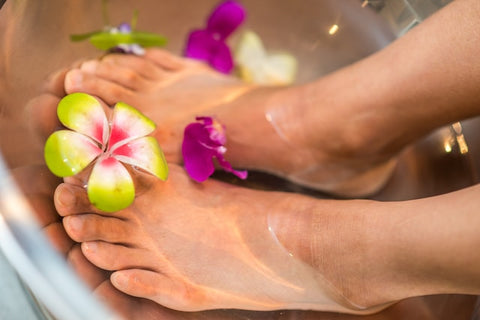
Epsom salt, for example, is known to further ease muscle tension that causes insomnia and sleep deprivation.
Moreover, it’s full of magnesium proven to reduce anxiety and pain.
Whether you choose a full bath or a foot-only soak, add herbs like lavender or eucalyptus for an extra aromatherapy benefit.
Then, turn your attention toward bedding essentials Scandinavians swear by.
2. Scandinavian Bedding Essentials
Sharing a bed with your partner can enhance feelings of closeness and intimacy, but it might also cause sleep disturbances if you’re not compatible sleeping partners.
For example, if you and your partner have different sleep schedules, you may end up undergoing a “sleep divorce” by snoozing in separate beds.
But you may not need to go to such lengths thanks to a common Scandinavian bedding essential practice.
Many folks in areas like Sweden, Denmark, and Norway use two separate comforters rather than one large duvet.
@somnifix Partner always stealing the covers? It’s proven to disrupt our sleep. Rather than sleeping in separate beds, try the Scandinavian Sleep Method! #learntok #scandinaviansleepmethod #sleephack #didyouknow #cantsleep #greenscreenvideo #greenscreen ♬ Boy's a Liar Pt. 2 - PinkPantheress & Ice Spice
This practice is so common in this area of the world that it’s been dubbed “The Scandinavian Sleep Method.”
In fact, many who sleep with two separate duvets have a hard time imagining why a couple would share just one.
Try it out and escape your blanket hog partner without having to leave your own bedroom every night.
But this practice isn’t the only sleep hack Scandinavians are known for. Sweden is known for foods that promote the comfortable, groggy feeling required to fall asleep quickly.
3. Swedish Bedtime Snacks
Sweden is known for sleep-inducing foods and snacks.
Drinking warm milk before bed is a widely popularized practice there, especially for children.
Välling – a warm porridge drink made of milk and oats – is rich in nutrients from both the oats and cow’s milk.
Moreover, milk contains tryptophan, magnesium, melatonin, and serotonin all known to support positive sleep habits.

On top of that, warmed milk is believed to bring on drowsiness thanks to the comforting temperature of the beverage.
Try this porridge-like beverage to drift off faster than ever before.
Another popular Swedish staple known to promote sleep? Elk meat.
Elk meat is packed full of protein and essential amino acids known to encourage the onset of sleep.
Add it into a stew or consume elk jerky as a pre-bedtime snack.
However, you may want to re-think the type of bed you sleep in!
4. Salvadoran Hammock Habits
Hammocks are seen as a legitimate sleeping location in areas like Central and South America.
El Salvador is an established producer and exporter of hammocks. The valley in which San Salvador is located has even been dubbed "The Valley of the Hammocks."
This Salvadoran staple originated from Natives who used the hammocks to weather frequent earthquakes.
Hammocks are now used in the area as beds, for additional seating, and even as swings for infants.
It’s not uncommon to see those living in the area taking an afternoon nap in a hammock located inside a doorway, on a porch, in a tree, or even within their living room.
While you may not be ready to commit to sleeping in a hammock each night, adding one to your outdoor space can take your afternoon naps to the next level.
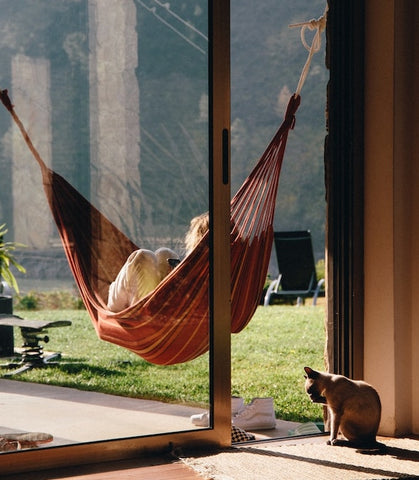
Sleeping outside can help reset your circadian rhythm, boost immunity, and improve your mental health.
Moreover, sleeping in a hammock is specifically proven to encourage deeper sleep. A 2011 study analyzed the rocking motion of a hammock’s effect on sleep depth.
In the study, researchers had 12 men take two 45-minute afternoon naps on separate days. One nap took place on a stationary bed, while the other took place on a swinging bed.
Researchers found that napping on a swinging bed reduced the time it took to fall asleep overall while lengthening stage 2 sleep, the precursor to deep sleep.
If you have back pain, hammocks are your friend, too: they support the entire body and take pressure off the spine, tailbone, and shoulders, unlike a traditional bed.
Opt to drink a cup of chamomile tea while you sway in the breeze for optimal relaxation.
5. Drink Chamomile Tea Like the Egyptians, Romans, and Greeks
Chamomile tea has been used for centuries in Egyptian, European, and Roman cultures.
The earliest recorded use of chamomile was in 1550 B.C.E., according to Eber’s Papyrus, an Egyptian medical papyrus that detailed the benefits of multiple herbs.
Both Greeks and Egyptians used chamomile to treat skin conditions, ease fever, or relieve pain.
In modern times, chamomile is well-known for soothing and calming the nervous system.
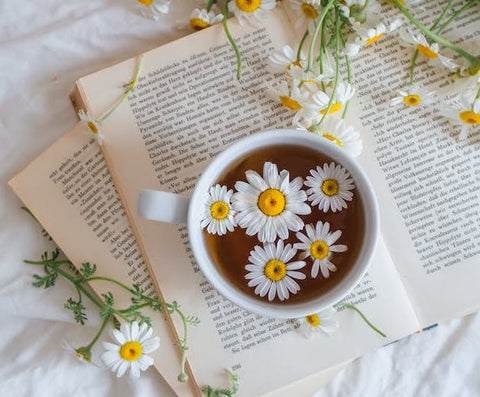
Apigenin within chamomile binds to brain receptors, triggering relaxation and feelings of grogginess.
In fact, a 2017 study found that chamomile extract taken twice daily over 28 days led to improvements in both sleep quality and latency.
While chamomile may provide multiple medicinal benefits, consume it daily to reap the perks it offers for your sleep patterns.
Consume the tea roughly 45 minutes before bed to enjoy a quicker onset of sleep.
Finally, turn your attention to your overnight breathing habits.
Bonus: Breathe Like Ancient Humans
How are you breathing right now?
If you answered “through the mouth,” your sleep quality is likely suffering as a result.
Ancient humans had developed jaw and airway muscles due to an unprocessed diet full of tough foods that required more chewing.
Today, our modern diet is soft and processed – and our facial structure reflects that, according to James Nestor, author of “Breath: The New Science of a Lost Art.”
Underdeveloped facial and airway muscles have led to chronic mouth breathing rather than nasal breathing, the optimal breathing method.
Nasal breathing offers many unique benefits, like parasympathetic activation, enhanced oxygenation, improved dental health, and more.
But when we nasal breathe during sleep, we sleep better (and we tend not to snore!)
Mouth breathing causes airway tissues to fall backward and vibrate together while nasal breathing promotes proper tongue posture, fewer sleep disturbances, and more restorative sleep.
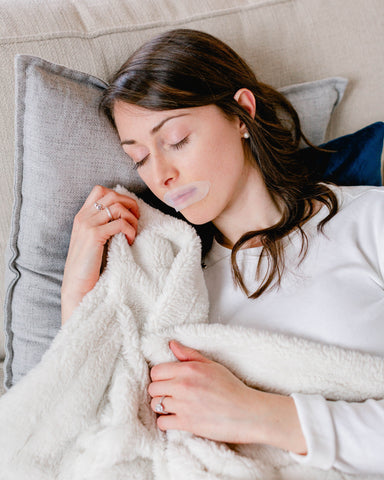
But how do you ensure your mouth is closed if you’re asleep? Enter: mouth tape.
Yes, we’re serious! But before you grab any tape and slap it over your lips, watch out! Chemicals within the adhesives of most tapes contain harmful irritants that cause skin rashes.
SomniFix, however, was specifically designed for all skin types. Our Strips are latex-free, gluten-free, hypoallergenic, and even feature a patented central breathing vent to help you acclimate to the sensation of overnight mouth taping.
Nasal breathe like nature intended with SomniFix tonight!
